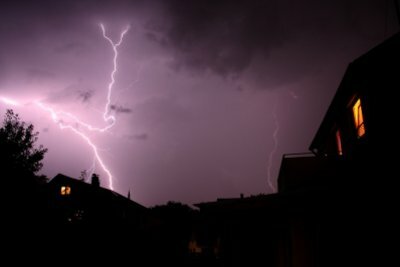How does an EMP work?
An EMP is dangerous for any electrical device - that's as far as general knowledge goes. But how exactly does an EMP work and why does it have such a detrimental effect on electrical wiring?

An EMP works like this
- EMP stands for "Electromagnetic Pulse". Although the term "electromagnetic impulse" is often used colloquially, this is misleading because it is not a physical impulse. This would be in the area of mechanics fall and denote kinetic energy. However, this is not available with the EMP. With EMP, the pulse can be seen more mathematically, namely as an event that becomes very strong very quickly and then returns to its initial state much more slowly.
- The EMP is a sudden event in which a high-energy exchange of electromagnetism takes place within a few milliseconds. This spreads out in waves from the center. When this electromagnetic radiation hits electrical conductors, a very high voltage is generated that overloads the lines. This works through induction, which acts like a voltage generator in the line and is therefore electronic Devices will be destroyed if they do not have protective measures (fuses, circuit breakers) that take effect in good time. feature.
How can an EMP be generated?
- A small EMP can be caused by lightning. Because it is an electromagnetic phenomenon, the effect of lightning in the atmosphere is similar to that of an EMP. It should be noted, however, that the EMP-like condition does not arise from touching the flash, but rather from the proximity of the flash to a line.
- The disturbance of electrical conductors also works when using powerful pulsed lasers, which is why laboratories using such lasers must have EMP protection.
- The best known is the so-called NEMP, the nuclear electromagnetic pulse. A nuclear warhead is detonated in a vacuum above the atmosphere, which then stimulates the earth's magnetic field with the escaping gamma radiation to the so-called Compton effect. The air is electrically charged and must be discharged suddenly, whereupon the EMP occurs.
- High levels of microwave radiation, such as those already available in US Army prototypes, can also trigger an EMP.
Excitation coil - the function explained using an example
The layman might be inclined to think of something slippery when hearing the term "excitation coil". …
How helpful do you find this article?


